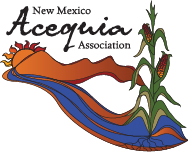2021 Acequia Art & Photo Contest Winners!
We share our big appreciation with everyone who entered the 2021 Acequia Art & Photo Contest! Please join us in sharing and celebrating the winning submissions: Youth Art First Prize: Jeremy Rodriguez and Jeremiah Martinez of Peñasco Second Prize: Katelynn … Continued


